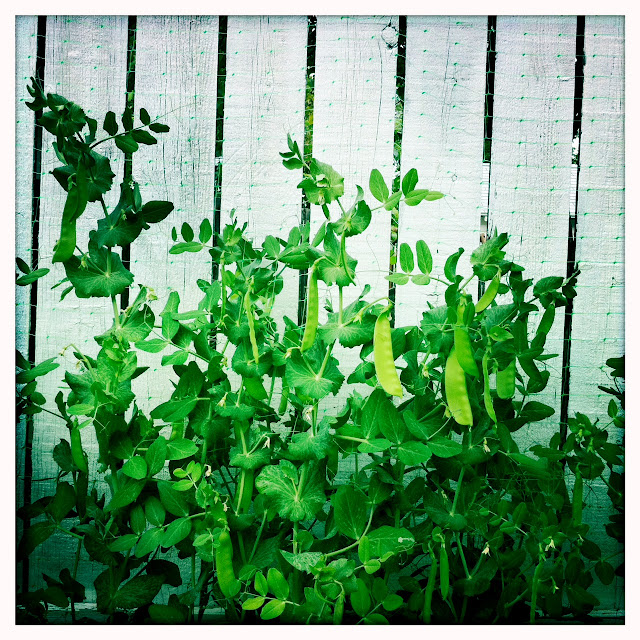7.31.2011
end-of-july salad
salad:
kale, romaine, green leaf lettuce, purple and green beans,
snap peas, chives // backyard
sweet yellow pepper, radish // farmer's market
french green lentils
dressing:
yogurt // homemade on friday
honey // from my roommate's parent's property
mustard
i'd love to make you dinner while we bring in august.
7.29.2011
architects
i will pass around a robin's nest. the nine-year-olds are told that they have to look very close, to try to figure out what the bird makes the nest out of. they shout "sticks! grass! mud!" and i ask them how the robin puts the mud into the bottom of the nest. they throw out guesses: tail, feet, beak, wings. then i will shake my head and tell them to stick their red robin tummies out and we giggle while we smear that mud into the nest.
we'll touch a yellow warbler's nest. it is soft inside, a tiny cocoon, i'll whisper the warbler's secret recipe for the cushioned and delicate lodge: cottonwood seeds and spider's webs.
then we'll run our fingers along the inside of a hollow tree, an abandoned honeybee's nest, brown and waxy. under the hot sun the wax gives off the smell of honey, it is sweet and wild and we all make little mmm sounds while we smell our hands.
we'll touch a yellow warbler's nest. it is soft inside, a tiny cocoon, i'll whisper the warbler's secret recipe for the cushioned and delicate lodge: cottonwood seeds and spider's webs.
then we'll run our fingers along the inside of a hollow tree, an abandoned honeybee's nest, brown and waxy. under the hot sun the wax gives off the smell of honey, it is sweet and wild and we all make little mmm sounds while we smell our hands.
 |
| robin's nest |
 |
| paper wasp's nest |
 |
| cliff swallow's nests |
7.20.2011
the buffalo, the grasses,
and the way it used to be
I tried to convey to the twenty five kids, mostly new Canadians from Nepal and Bosnia, that this landscape, one hundred and fifty years ago, was very different, was in constant renewal through the grazing and the running and the wallowing of the buffalo. For laughter and education, I dressed up a ten-year-old boy as rough fescue grass and explained that the root systems of native prairie grasses, rough fescue, june grass, blue gramma grass, spear grass, are dense and deep, holding the soil against the constant blowing of the winds. I talked about responsible grazing practices, the role the buffalo played in keeping the grass healthy, the root systems strong.
I took a group of new immigrant kids out to the Waterton Park Front yesterday. It was beautiful -- dry, hot, and still, the gale-force winds I had come to associate with the place where prairies meet rockies were calm, the air was holding its breath for a thunderstorm and had paused its usual screaming down the steep mountainsides. We cooled off by running fingerfulls of streamwater through our hot hair.
 |
| white evening primrose |
The school bus drove around the bison paddock, a small fenced-in area purposed to educate visitors about the ecological hertiage of the landscape. Bison, not too long ago, were a massive driving sustaining force in this land. The interpretive centre at Head-Smashed-In Buffalo Jump illustrates the story in a cultural context, telling a poignant story of the Blackfoot relationship with the beast, the key force in sustaining their way of life, an entire culture dancing around the preparations and rewards of an epic hunt.
I tried to convey to the twenty five kids, mostly new Canadians from Nepal and Bosnia, that this landscape, one hundred and fifty years ago, was very different, was in constant renewal through the grazing and the running and the wallowing of the buffalo. For laughter and education, I dressed up a ten-year-old boy as rough fescue grass and explained that the root systems of native prairie grasses, rough fescue, june grass, blue gramma grass, spear grass, are dense and deep, holding the soil against the constant blowing of the winds. I talked about responsible grazing practices, the role the buffalo played in keeping the grass healthy, the root systems strong.
| roots systems of rough fescue grass -- the grasses on the left are sustainably grazed, dense and hold the soil in place. the grasses on the right illustrate the effects of poorly managed grazing. |
I'm so accustomed to the giant cedars of the coast, touching a grandmother tree who was alive when sea cows grazed in the thick kelp and sailboats were frightening and foreign. For me, this conservation of the little plants, the grasses that create and sustain the foundation of this ecosystem, resonates little alarm bells of worry -- to me, the soil is the ocean of the prairies, the grasses move in waves with the wind, the buffalo grazing, a baleen whale, giant, warmblooded migrations, all at once symbol and sustenance, architect of their domain.
Subscribe to:
Comments (Atom)





